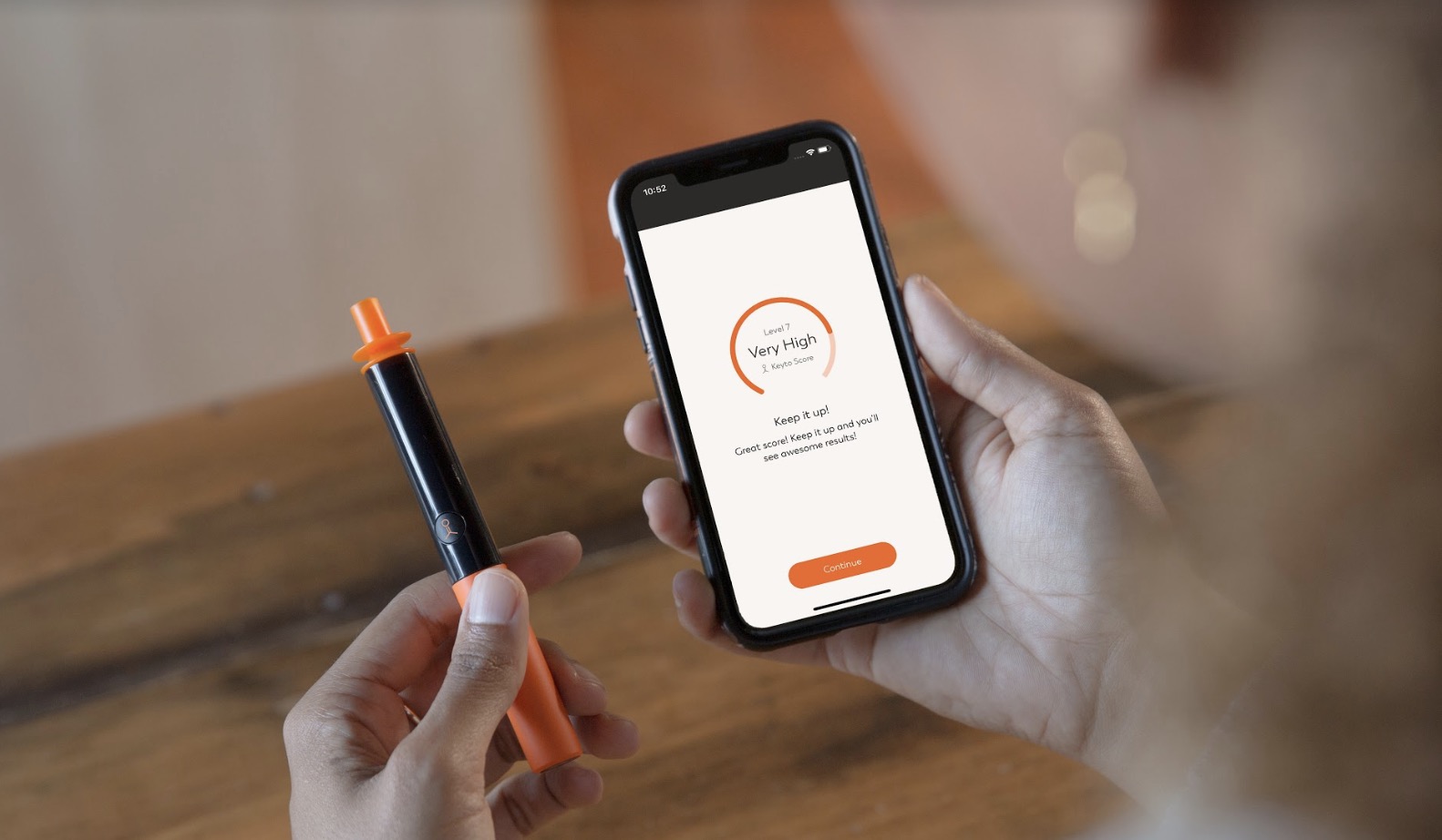
The amount of time it takes you to get into nutritional ketosis can be highly variable. Other than diet, influencing factors include genetics, age, weight, how much and what kinds of exercise you do.
The Keyto food search is the best tool to learn about the foods that will fuel your new lifestyle. By prioritizing foods earning the Green badge, you will have a much easier time reaching ketosis. And regardless of whether it takes you 2 days or 2 weeks, you will lose weight and improve health.
If shortening the process is important to you, or if things are going too slowly, consider some of the following tips and tricks.
Restrict carbs even more
When starting out, Keyto recommends you limit net carbs to around 20-30 grams per day but not lower. There are a few reasons why:
- People unfamiliar with eating keto may find it difficult getting enough of the right kinds of foods
- Easing into the diet may reduce symptoms of the Keto Flu
- Restricting net carbs below 20-30 grams/daily isn’t typically necessary to achieve nutritional ketosis.

However, limiting net carbs to less than 20 grams per day can theoretically deplete glycogen faster, potentially kick-starting ketogenesis (ketone production) sooner.
Exercise

The first day you start the ketogenic diet, your muscles and liver are full of glycogen (the storage form of sugar). And to trigger ketone production, you must deplete much of this supply through carb restriction. Exercise is an effective way to boost glycogen depletion faster than carb restriction alone.
While we recommend that you take it easy with exercise when starting the program, high intensity interval training and resistance training are great ways to rapidly deplete glycogen when you are more familiar. If you are new to exercise, gradually ramp up the intensity, particularly as your body adapts to the new fuel source. Just remember that immediately after exercise (especially high intensity exercise), your Keyto Level may fall as a result of your liver making a little more glucose to supply the fuel needed to exercise. But know that the next day, your level will be that much higher.
For more useful information about starting an exercise routine, check out the articles in the Exercise section.
Intermittent Fasting

Intermittent Fasting (IF) is a pattern of eating where all calories are consumed during a limited daily window. A common pattern is called 16:8, meaning that you do not eat (fast) for 16 hours, and only eat in an 8 hour period during the day. An example of this would be to only eat between noon and 8pm daily, with no food intake outside of that window.
Ketogenic dieters find IF easy to implement because of the satiating effects of a high-fat diet – they are just not hungry. Studies show IF lowers both glucose and insulin levels which may help you to get into ketosis faster.
For more information about how to implement IF, read this helpful article.
Increase your fats and eat protein in moderation
Increasing dietary fat consumption provides the fatty acids needed to fuel your body and produce ketones. Keyto recommends you get 70% of your total calories from healthy sources of fats derived from fish and plant-based sources.
Protein should be kept to roughly 15-20% of your total calories since excess protein can be converted into sugars. This process, called gluconeogenesis, can block or limit the production of ketones. For the average person, roughly 70-110 grams of protein per day is sufficient to ensure healthy function and muscle mass retention without affecting ketosis. One of the most common reasons people have trouble getting into ketosis is eating too much protein.
If you’d like more information about healthy fats and where to find them, follow the link for a primer.
Monitor your progress

The Keyto Breath Sensor allows you to conveniently track your progress and understand how different factors affect your body. This is invaluable when you’re introducing changes such different macro ratios and exercise.
Use the Keyto 3 times per day to help gauge what is working and to know when you have achieved ketosis! Also, try adding notes to individual Keyto measurements so you can correlate the impact certain changes have on your body. Keyto is the only diet that gives you actionable feedback in real-time in such a convenient manner.

